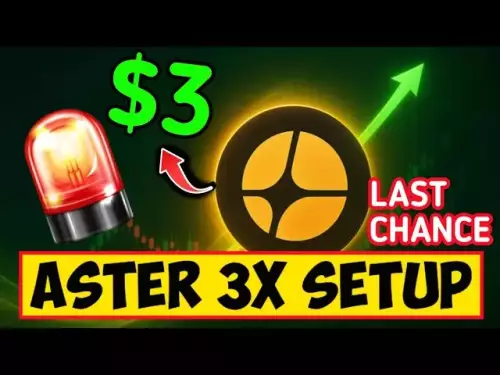-
 bitcoin
bitcoin $106975.071866 USD
-0.29% -
 ethereum
ethereum $3871.670850 USD
-0.07% -
 tether
tether $1.000261 USD
-0.01% -
 bnb
bnb $1084.417621 USD
-0.50% -
 xrp
xrp $2.348167 USD
0.82% -
 solana
solana $185.621736 USD
0.45% -
 usd-coin
usd-coin $0.999833 USD
-0.04% -
 tron
tron $0.313423 USD
0.81% -
 dogecoin
dogecoin $0.188856 USD
0.54% -
 cardano
cardano $0.630416 USD
-0.49% -
 hyperliquid
hyperliquid $36.506353 USD
2.24% -
 ethena-usde
ethena-usde $0.999584 USD
-0.01% -
 chainlink
chainlink $16.750026 USD
-0.77% -
 stellar
stellar $0.313373 USD
0.37% -
 bitcoin-cash
bitcoin-cash $465.978560 USD
-1.57%
How to find the contract address of a token for MetaMask?
The contract address is vital for verifying token authenticity and safely interacting with DeFi projects on platforms like MetaMask.
Jul 11, 2025 at 09:21 am
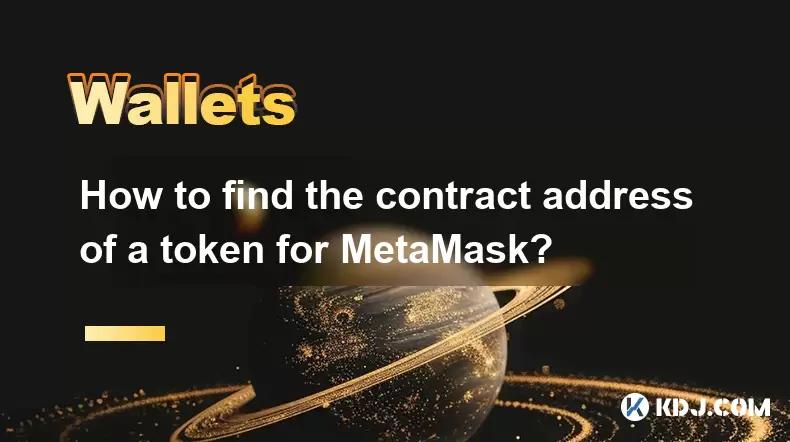
Understanding the Importance of a Token Contract Address
In the world of decentralized finance (DeFi) and blockchain-based tokens, the contract address plays a crucial role. This unique identifier is essential for interacting with a specific token on the Ethereum blockchain or any EVM-compatible network. When using MetaMask, knowing how to locate or verify this contract address ensures you're dealing with the correct token and not a counterfeit or scam version.
The contract address acts as the fingerprint of a token, ensuring authenticity and allowing wallet services like MetaMask to recognize and display token balances accurately.
Locating the Contract Address from a Token’s Official Website
Most legitimate token projects publish their contract address directly on their official websites. This is often found under sections like:
- 'Token Details'
- 'Smart Contracts'
- 'Blockchain Explorer'
To find it:
- Visit the token's official website.
- Look for links labeled 'Contract Address', 'Etherscan', or similar terms.
- Clicking such a link usually directs you to a blockchain explorer page where the contract address is clearly displayed in the URL or at the top of the page.
Always cross-check the website's legitimacy through social media channels and community forums before trusting the provided address.
Using Blockchain Explorers to Find the Contract Address
If the token lacks an official site or you prefer verifying independently, blockchain explorers like Etherscan are your best bet. Here’s how to proceed:
- Navigate to Etherscan.io or the corresponding explorer for the network (e.g., BscScan for Binance Smart Chain).
- Use the search bar at the top and type the name or symbol of the token.
- From the search results, look for entries labeled as 'Token'.
- Click on the relevant result, which should take you to the token overview page.
- The contract address will be visible in the address bar of your browser and also within the page content.
Make sure the token has a verified contract badge on the explorer, as this confirms that the code matches what the developers claim it to be.
Importing a Custom Token into MetaMask Using the Contract Address
Once you’ve obtained the contract address, you can manually add the token to your MetaMask wallet by following these steps:
- Open the MetaMask extension in your browser.
- Switch to the correct network where the token operates (e.g., Ethereum Mainnet, Binance Smart Chain).
- Scroll down and click on “Import Tokens”.
- Select the “Custom Token” tab.
- Paste the contract address into the designated field.
- Wait briefly while MetaMask fetches the token details automatically.
- Confirm the addition by clicking “Add Custom Token”.
If the token doesn’t appear after pasting the address, double-check for typos or ensure the network is correctly selected.
Verifying the Correctness of the Contract Address
Before finalizing any transaction or interaction with a token, always verify the contract address. Here's how:
- Compare the address you've copied with the one listed on multiple trusted sources such as the project’s whitepaper, official Twitter/X account, or Telegram announcements.
- Check the number of holders and transaction volume on platforms like BscScan or Etherscan to assess legitimacy.
- Look for audit reports or security assessments if available.
A mismatched or slightly altered contract address could lead to irreversible loss of funds.
Frequently Asked Questions
Q: What happens if I enter the wrong contract address in MetaMask?Entering an incorrect or fake contract address may result in MetaMask displaying zero balance or showing a different token altogether. In worst-case scenarios, it might expose you to phishing attempts or malicious contracts.
Q: Can I find the contract address of a token through its transaction history?Yes, if you receive a token transfer, you can view the transaction details on a blockchain explorer. Clicking into the transaction will show the contract address associated with the token being transferred.
Q: Why does MetaMask require the contract address to add a token?MetaMask uses the contract address to communicate with the blockchain and retrieve information about the token, including its name, symbol, and decimals. Without this, the wallet cannot identify or track the token.
Q: Is the contract address the same across all networks?No, each blockchain network (e.g., Ethereum, Binance Smart Chain, Polygon) has its own set of contract addresses. A token deployed on multiple chains will have different addresses for each network.
Disclaimer:info@kdj.com
The information provided is not trading advice. kdj.com does not assume any responsibility for any investments made based on the information provided in this article. Cryptocurrencies are highly volatile and it is highly recommended that you invest with caution after thorough research!
If you believe that the content used on this website infringes your copyright, please contact us immediately (info@kdj.com) and we will delete it promptly.
- Crypto Presales: Invest in the Hottest Tokens This October?
- 2025-10-20 00:30:11
- Undervalued Crypto Gems: Are ETH and SOL Overlooked for This Investment?
- 2025-10-20 00:45:16
- Bitcoin, Solana, Market Reversal: Is the Tide Turning?
- 2025-10-20 00:45:16
- ETH Surge, Bitcoin Flight, and the CoinGecko Report: What's Happening in Crypto?
- 2025-10-20 01:05:11
- Binance, Trading Tools, and Account Bans: What's the Deal?
- 2025-10-20 00:30:11
- Spur Protocol: Daily Quizzes, Crypto Rewards, and What's Next
- 2025-10-20 00:35:11
Related knowledge
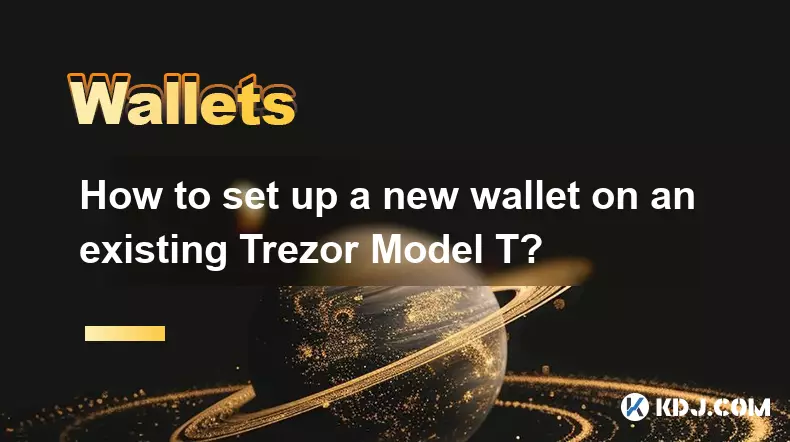
How to set up a new wallet on an existing Trezor Model T?
Oct 20,2025 at 12:36am
Initializing a New Wallet on Your Trezor Model T1. Connect your Trezor Model T to your computer using the provided USB cable. Ensure that the device i...
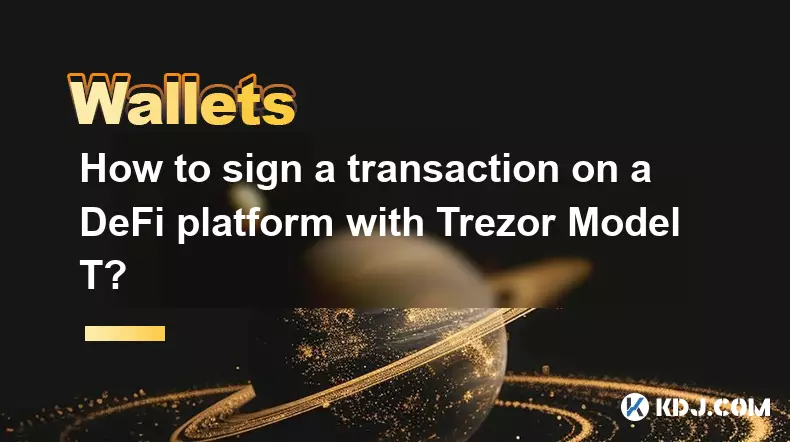
How to sign a transaction on a DeFi platform with Trezor Model T?
Oct 19,2025 at 05:00pm
Understanding the Role of Liquidity Pools in Decentralized Finance1. Liquidity pools are foundational components within decentralized exchanges (DEXs)...
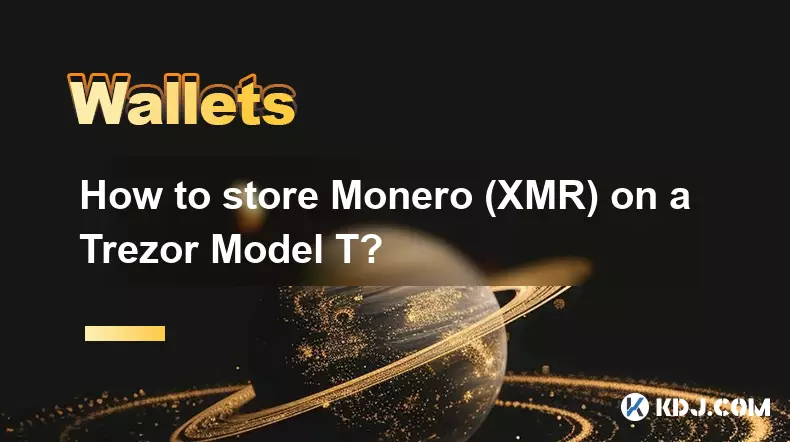
How to store Monero (XMR) on a Trezor Model T?
Oct 19,2025 at 09:55am
Understanding the Role of Liquidity Pools in Decentralized Finance1. Liquidity pools are foundational elements within decentralized exchanges (DEXs), ...
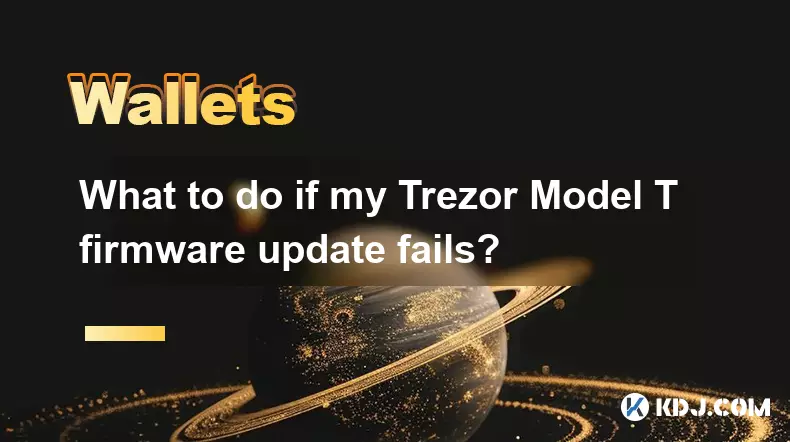
What to do if my Trezor Model T firmware update fails?
Oct 18,2025 at 12:54pm
Understanding Firmware Update Failures on Trezor Model T1. Firmware updates on the Trezor Model T are essential for maintaining security, accessing ne...
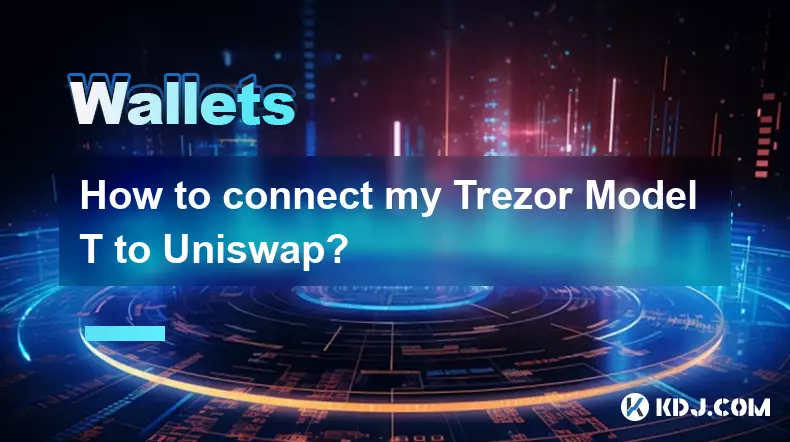
How to connect my Trezor Model T to Uniswap?
Oct 18,2025 at 06:55pm
Understanding the Basics of Trezor and Uniswap Integration1. The Trezor Model T is a hardware wallet designed to securely store cryptocurrencies by ke...

Can I use the Trezor Model T to stake cryptocurrencies?
Oct 19,2025 at 04:18pm
Understanding the Trezor Model T and Its Core Functions1. The Trezor Model T is a hardware wallet developed by SatoshiLabs, designed to securely store...

How to set up a new wallet on an existing Trezor Model T?
Oct 20,2025 at 12:36am
Initializing a New Wallet on Your Trezor Model T1. Connect your Trezor Model T to your computer using the provided USB cable. Ensure that the device i...

How to sign a transaction on a DeFi platform with Trezor Model T?
Oct 19,2025 at 05:00pm
Understanding the Role of Liquidity Pools in Decentralized Finance1. Liquidity pools are foundational components within decentralized exchanges (DEXs)...

How to store Monero (XMR) on a Trezor Model T?
Oct 19,2025 at 09:55am
Understanding the Role of Liquidity Pools in Decentralized Finance1. Liquidity pools are foundational elements within decentralized exchanges (DEXs), ...

What to do if my Trezor Model T firmware update fails?
Oct 18,2025 at 12:54pm
Understanding Firmware Update Failures on Trezor Model T1. Firmware updates on the Trezor Model T are essential for maintaining security, accessing ne...

How to connect my Trezor Model T to Uniswap?
Oct 18,2025 at 06:55pm
Understanding the Basics of Trezor and Uniswap Integration1. The Trezor Model T is a hardware wallet designed to securely store cryptocurrencies by ke...

Can I use the Trezor Model T to stake cryptocurrencies?
Oct 19,2025 at 04:18pm
Understanding the Trezor Model T and Its Core Functions1. The Trezor Model T is a hardware wallet developed by SatoshiLabs, designed to securely store...
See all articles
























